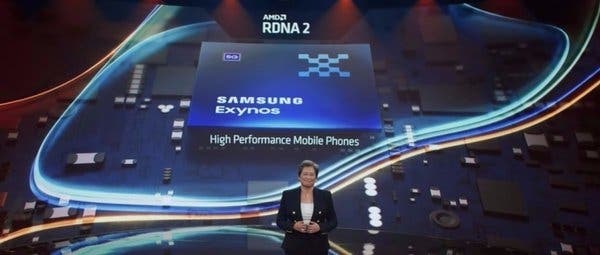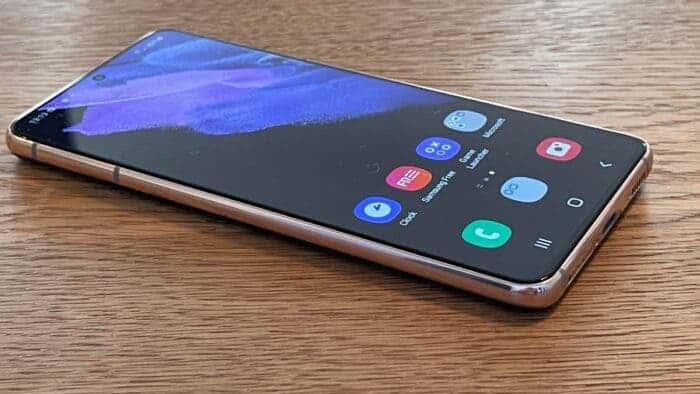In the next few weeks, we will have a series of next-generation flagship mobile processors from different manufacturers. Interestingly, these flagship processors will arrive within the same period. We are expecting the Snapdragon 898 SoC from Qualcomm, Exynos 2200 from Samsung, and Bionic A15 from Apple. So far, the Exynos 2200 has been attracting a lot of attention. This is because it probably comes with the most significant performance increase due to its AMD RDNA architecture.

An earlier report out of Korea claims that the GPU of this chip is code-named “Voyager” and it will integrate 6CU with a total of 384 stream processors with a frequency of up to 1.31GHz. The report also claims that the GPU performance of the Exynos 2200 processor surpasses the Apple A14 processor.
In the GFXBench platform test, the average frame rate of the 1080P Manhattan 3.1 project is 170.7 fps. This is for the Samsung Exynos 2200 SoC. However, its rivals such as Snapdragon 888 and Apple A14 Bionic can only run around 120fps.
Gizchina News of the week
In addition, in the Aztec Ruins test project, Exynos 2200 scores were significantly higher than the Bionic A14 processor. This means the chip will have a GPU performance that is comparable to the Bionic A15 and Snapdragon 898. This will be a great feat for Samsung. In time past, Samsung’s flagship chip is usually miles behind the competition.
Verizon wants Exynos flagship in the U.S.
In view of the excellent performance of Exynos 2200, there are reports that the US operator Verizon requires Samsung’s US flagship to use the Exynos 2200 chip instead of the Snapdragon 898. Normally, Samsung only lists smartphones with Exynos chips in a few regions like Europe and Southeast Asia. In mainland China, the United States, and other markets, it mainly sells smartphones with Snapdragon flagship processors.
According to previous reports, the Exynos 2200 chip may only be commercially available in a handful of areas due to limited production capacity. Therefore, in such a huge smartphone market as China and the United States, Samsung may be more willing to provide the Snapdragon version of its flagship mobile phone.
Although the currently revealed Exynos 2200 performance score is surprising, a high score does not mean that the user experience is better. If such a score is at the expense of power consumption, it does not actually make much sense to consumers. It is understood that the Exynos 2200 will be built using Samsung’s 4nm LPP process. Considering the enormous power consumption of the Snapdragon 888 despite its high power, the specific performance of the Exynos 2200 will require more assessment.





